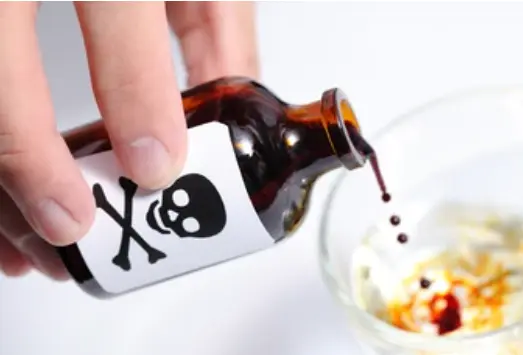 Welcome
Welcome
“May all be happy, may all be healed, may all be at peace and may no one ever suffer."
Pyogenic & seborrhoeic dermatitis - Generics
Pyogenic dermatitis, also known as impetigo, is a common bacterial skin infection that is most commonly seen in young children. It is characterized by small, fluid-filled blisters or sores that develop on the face, hands, and other areas of the body. The blisters may burst and develop a yellowish-brown crust. The infection is caused by bacteria such as Staphylococcus aureus or Streptococcus pyogenes, and can spread easily through direct contact with infected skin, towels, or clothing. Treatment usually involves topical or oral antibiotics to kill the bacteria and prevent further spread.
Seborrheic dermatitis is a chronic skin condition that is characterized by red, scaly patches or plaques on the scalp, face, ears, chest, and other oily areas of the body. It is thought to be caused by an overgrowth of yeast on the skin, as well as an overproduction of sebum, a natural oil produced by the skin. Symptoms may include itching, flaking, and inflammation. Treatment may involve the use of medicated shampoos, topical steroids, or antifungal medications, as well as lifestyle modifications such as avoiding harsh soaps and minimizing stress.
While pyogenic dermatitis is a bacterial infection and seborrheic dermatitis is a chronic skin condition, both can cause uncomfortable and sometimes unsightly symptoms. It is important to seek medical attention if you suspect you have either of these conditions to receive proper diagnosis and treatment.

Erythema multiforme

Hairy cell leukemia

Tritis

Meningococcal infection

Poisonings

Idiopathic parkinsonism

Hypotension

Prostate carcinoma
Pyogenic & seborrhoeic dermatitis, পায়োজেনিক এবং সিবোরোহিক ডার্মাটাইটিস
To be happy, beautiful, healthy, wealthy, hale and long-lived stay with DM3S.